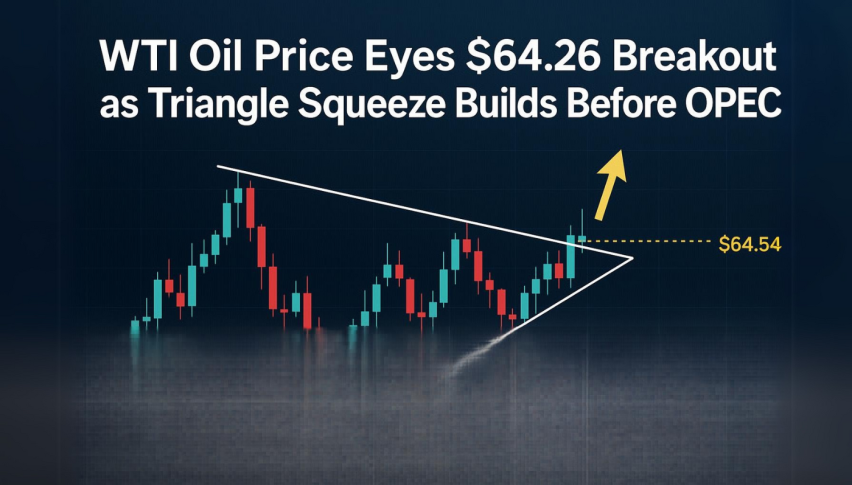Oil Prices Decline As Global Economy Slows
Oil prices continue to fall as the global economy shows weakness, including China, with imports slowing in August.

Oil prices continue to fall as the global economy shows weakness, including China, with imports slowing in August, which is a negative sign for the Chinese economy, the largest Oil importer. The selling pressure in crude Oil is strong, with US WTI falling below $67 today.

OPEC+ has officially decided to delay its planned output increase for October, citing weakening global demand for oil. According to a Reuters source, the group plans to push the production hike by two months, confirming earlier rumors. Despite this, the move has not been able to halt the decline in oil prices.
China’s domestic demand remains weak, as reflected in recent economic data, even though consumer inflation inched up in August. The global oil market continues to feel the effects of China’s sluggish economy, with crude import growth sharply slowing in 2024. Oil prices fell by 4%, dropping around $2.75 to $65.96—the lowest level since May 2023. If prices close at this level, it will mark the weakest close since December 2021, though oil did trade at similar levels a few times in 2023.
WTI Crude Oil Chart H4 – The 20 SMA Keeps Pushing the Highs Lower
OPEC, primarily influenced by slower demand growth in China, revised its 2024 demand forecast down from 2.11 mbpd to 2.03 mbpd. The organization now expects demand to grow by an additional 1.74 mbpd next year, compared to 1.78 mbpd previously projected, and these figures are over 1 mbpd below the EIA’s estimates. The Energy Information Administration (EIA) reported a large inventory drop last week, but it failed to provide any support for buyers, who seem to have retreated from the market.
Oil Private API Crude Inventories
- Headline crude inventories: decreased by -2.79 million barrels
- Distillates inventories: increased by +0.2 million barrels
- Gasoline inventories: fell by -0.5 million barrels
- Cushing (Oklahoma storage hub): dropped by -2.6 million barrels, reflecting a significant drawdown in stockpiles
- Strategic Petroleum Reserve (SPR): increased by +300,000 barrels, indicating a slight build-up in emergency reserves
Analysis:
- The sharp decline in Cushing inventories highlights tightening supply in a key storage hub, which could support near-term oil prices.
- The decrease in headline crude and gasoline inventories suggests lower supply levels, possibly driven by strong demand or reduced production.
- A small increase in distillates may point to more stable demand for heating oil and other refined products.
- The slight rise in SPR signals the government’s continued efforts to maintain reserves despite overall supply reductions.
Expectations earlier centred on:
- Headline crude +1.0 mn barrels
- Distillates +0.3 mn bbls
- Gasoline -0.1 mn
US WTI Crude Oil Live Chart
- Check out our free forex signals
- Follow the top economic events on FX Leaders economic calendar
- Trade better, discover more Forex Trading Strategies
- Open a FREE Trading Account




